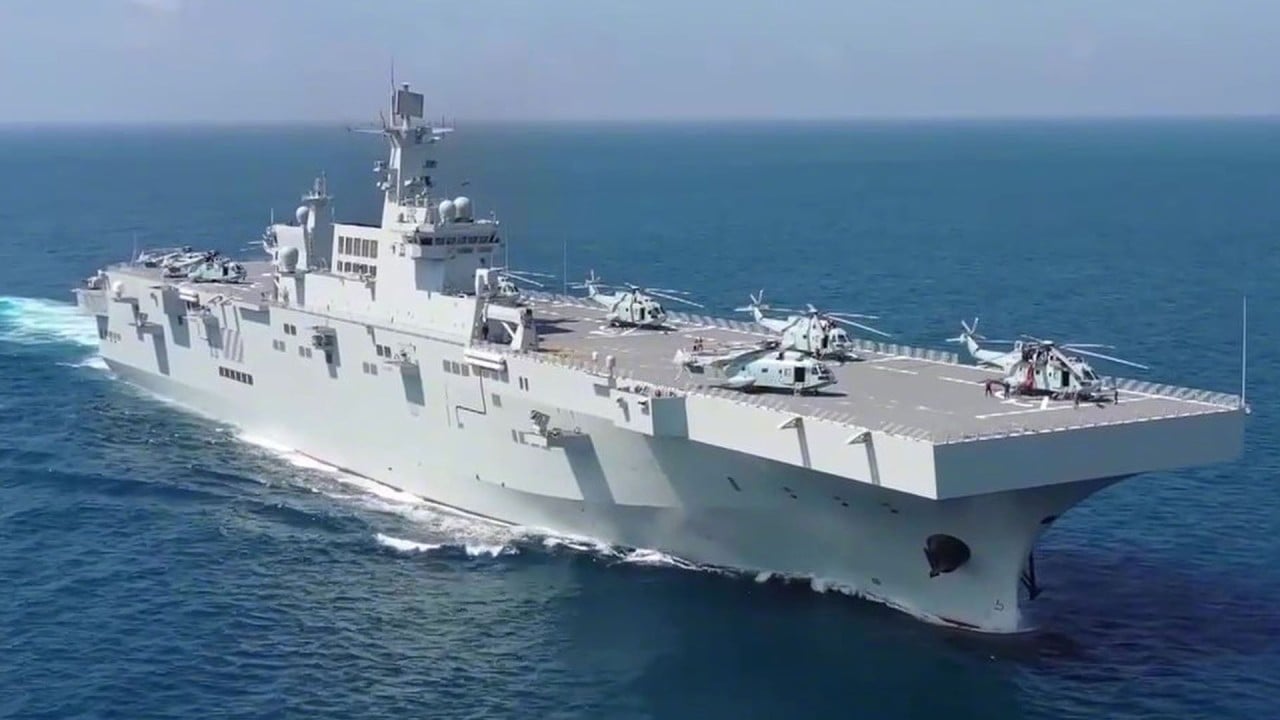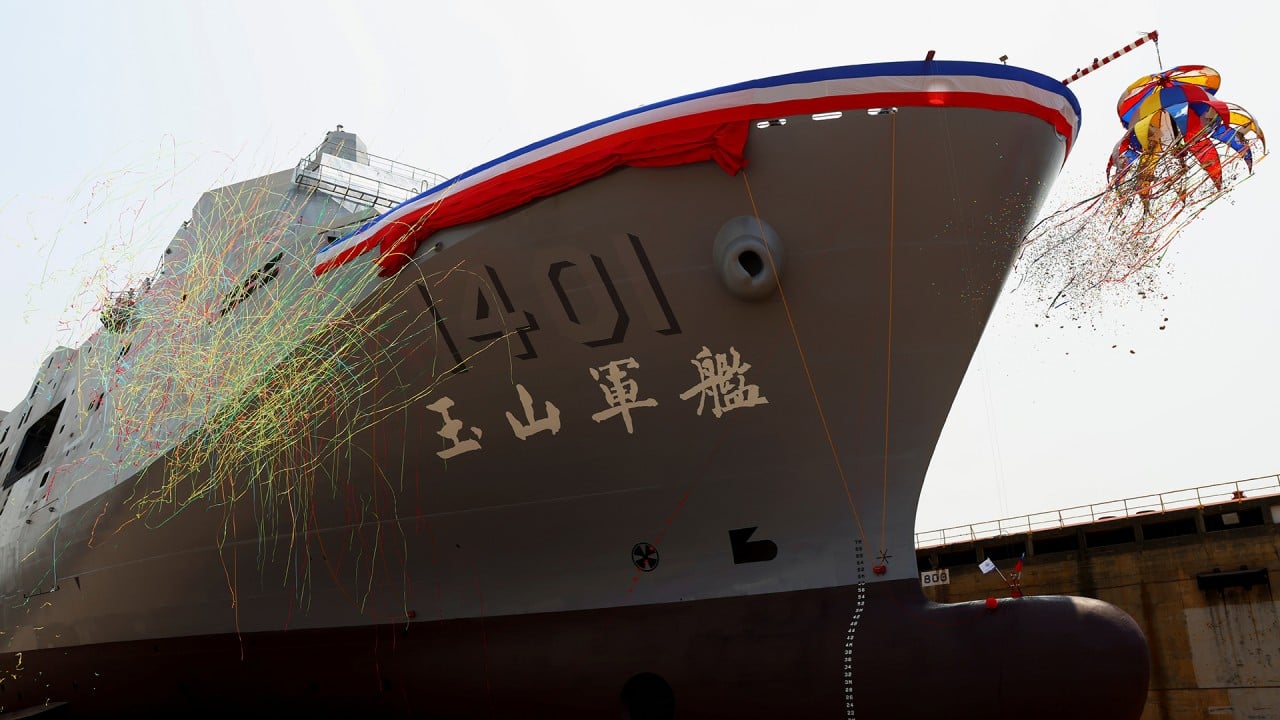
Chinese military tests Taiwan’s radar system with surface-level incursion into air defence zone
- The tactical reconnaissance plane carried out a low-flying mission that tested the Tawainese military’s capabilities
- Island’s security chief accuses Beijing of stoking tensions in the region with its continued military build-up
A low-flying People’s Liberation Army spy plane entered Taiwan’s air defence identification zone on Monday to test its radar response and gather intelligence as the island’s security chief warned Beijing was stoking tensions in the region.
A Y-8 tactical reconnaissance plane entered Taiwan’s southwest air defence identification zone on Monday morning, flying at an altitude as low as 30 metres (100ft), according to SouthwestAirspaceofTW, a Facebook page that records aviation activities in southwest Taiwan.
It was the lowest flight recorded since Taiwan’s defence ministry started making public all PLA incursions in September last year. The Taiwanese military responded by scrambling military aircraft and issuing radio warnings to dispel the spy plane, according to the Facebook page, which recorded the air force’s warning.
Shortly before the incursion, a Y-8 electronic warfare plane also entered the same zone, only to be warned off by the Taiwanese air force. The island’s defence ministry later confirmed the incursions, but did not specify the flight altitudes of both planes.
Ying Yu Lin, an adjunct assistant professor at the Institute of Strategic and International Affairs at National Chung Cheng University in southern Taiwan, said Monday’s low-altitude flight served to test the Taiwanese military’s radar response capability.
How next-generation technology could allow US to fight off mainland Chinese invasion of Taiwan
“Usually, radar signals will be obstructed by certain topography such as a mountain. By flying at an altitude of 30 metres, the PLA plane was testing if it could fly beneath the radio wave coverage area,” Lin said.
He said smaller, mobile radars like those used by the US and the Taiwanese military would play an important role in detecting such flights.
Lin said the seas in that area were deep enough for submarine and other underwater activities, and this explained why the PLA often sent anti-submarine and other reconnaissance planes to gather intelligence and investigate the hydrological features of that area.
“Most of these flights are there for training and exercises with the primary purpose of allowing the PLA to better command and control the waters in that region,” Lin said, referring to the Bashi Channel which is the gateway to the western Pacific and the disputed South China Sea.
Chang Yen-ting, a former air force vice commander, said flying so close to the surface tested a pilot’s skill because there was a risk that optical illusions would cause the pilot to misjudge the plane’s height.
“This is why most of these flights are conducted in the daytime,” he said, adding the clear sky and the good visibility in the morning had made it possible for the PLA plane to fly at such a low altitude.
Beijing considers Taiwan as part of its territory that must be reunited with the mainland, by force if necessary. It has suspended official exchanges and staged war games near Taiwan to try to ramp up pressure on the island’s President Tsai Ing-wen to pressure her to accept the one-China principle, which it claims as a political basis for the two sides to resume exchanges.
On Monday, Chen Ming-tong, head of the island’s National Security Bureau, said Beijing has stoked further tensions in the region by building up its forces in the South China Sea.
“The National Security Bureau is closely watching the Chinese communists’ fleet commissioning in Sanya, which serves only to create further tension in the South China Sea and the region,” Chen said.
Beijing sends warning to Australian minister after Taiwan comments
Last week three new vessels – a Type 075 landing helicopter dock, Type 055 Destroyer and Type 094 submarine – were delivered to the PLA during a commissioning ceremony in Sanya in Hainan on Friday.
“China has been very clear about the reunification and that’s been a long-held objective of theirs. They have been very clear about that goal,” he told the Australian Broadcasting Corporation on Sunday.
“People need to be realistic about the activity. There is militarisation of bases across the region. Obviously, there is a significant amount of activity, and there is animosity between Taiwan and China,” he said.
Dutton added that “nobody wants to see conflict between China and Taiwan, or anywhere else” and said Australia wanted to maintain good relations with Beijing.
On Monday Chinese foreign ministry spokesman Wang Wenbin responded by warning Canberra to “avoid sending any wrong signals” to Taipei.



